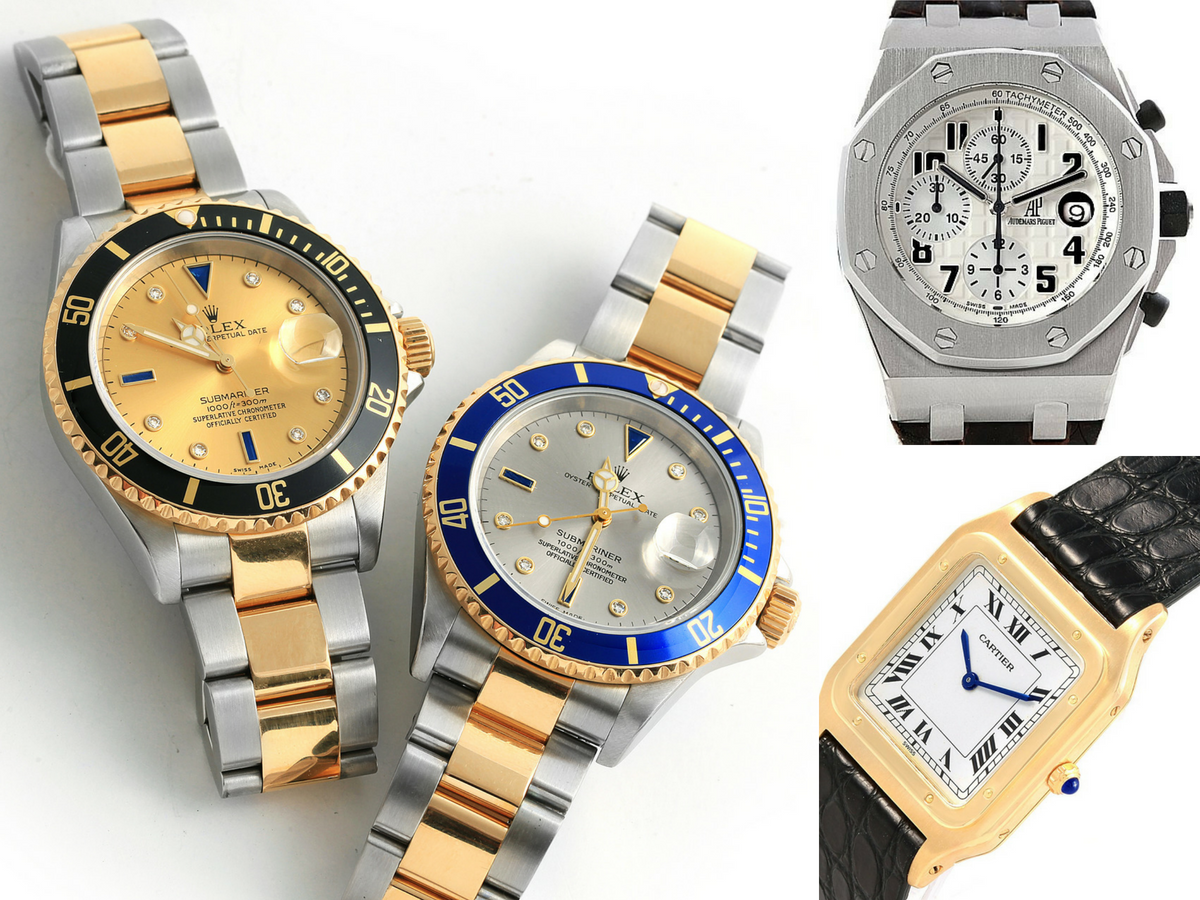Seiko Astron (1969)
the first quartz wristwatch
The Seiko Astron, introduced in 1969, is the very first quartz wristwatch and the first to automatically recognize all time zones on Earth. At the time, Swiss mechanical watch manufacturers were already testing their own quartz prototypes as well, but it was the Astron that first made it to market and showed that it was indeed possible to go from prototype to production. It was the first salvo of the quartz watch revolution, which would cause an upheaval in the Swiss watchmaking industry in the 70’s. | 